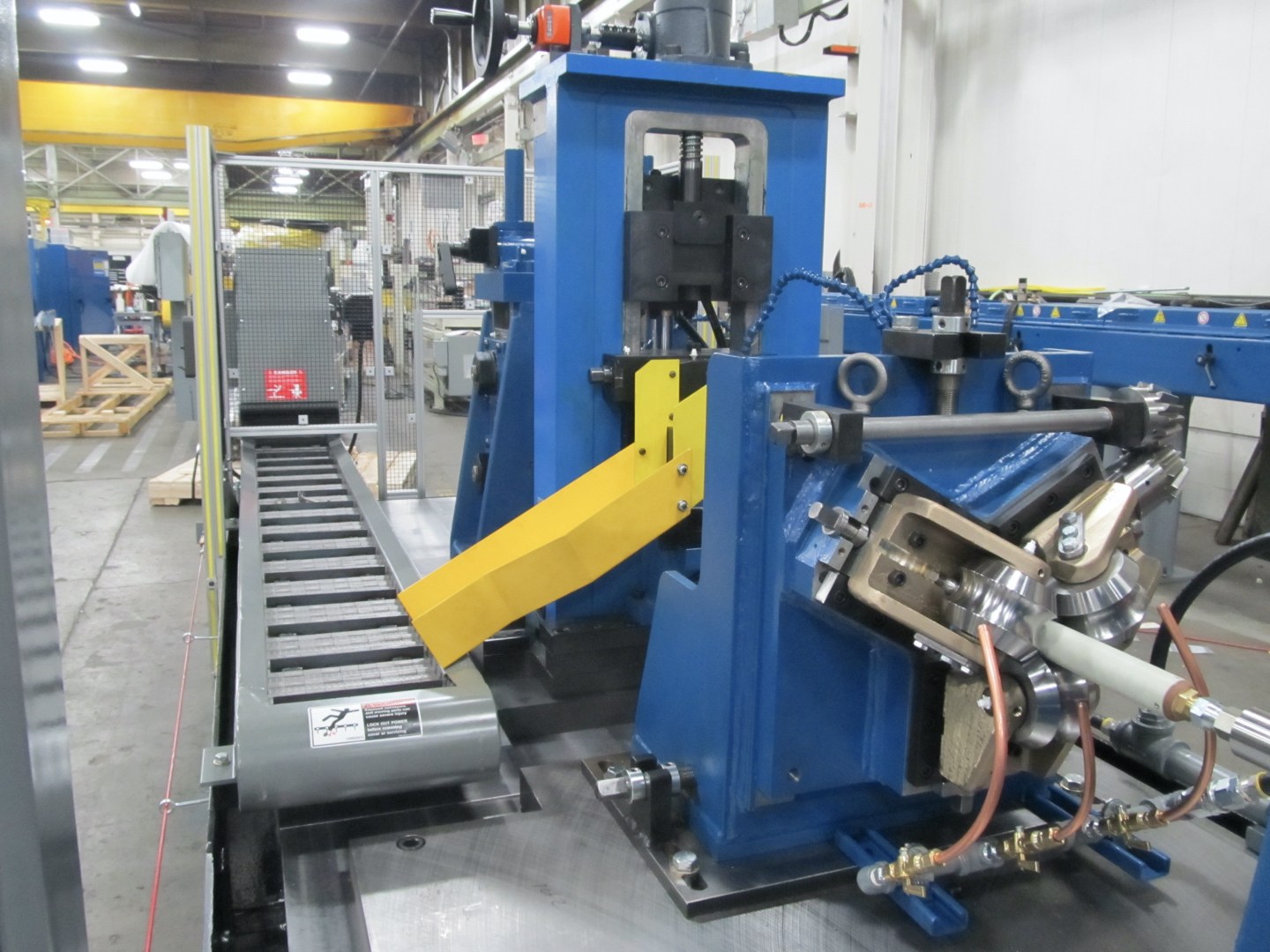Fundamentally, roll forming is defined as a continuous, high-volume, fabricating process in which a desired shape is formed from a flat strip of metal by passing it through a series of matching pairs of contoured rolls. Only bending takes place; the metal thickness does not change except for a slight thinning at a bend radius.
Capabilities of Roll Forming
As a fabricating method, roll forming is used mainly for mass production of shapes providing that shape has a uniform cross-section. Any material that can withstand bending to the desired radius can be roll formed. This material might be hot rolled, mill finish, material, it might be cold rolled, it might have a mirror or a high polished finish, or it might be of any known metal in wide use today. Likewise, it might be coated with another metal such as galvanize, tin or copper, and it might be painted or plastic coated, the basic criteria being only that, whatsoever the material or the coating, it or they must be able to withstand the specified bend radii.
The product range is almost limitless. The process has successfully made such products as 1/8" diameter butt seam tube, filling it at the same time with a flux to create a welding rod; computer components out of .005" thick tin plate; or structural sections and pipe from 3/4" thick plate, pipe as large as 48" diameter. In some instances, the type of section being the determinant, multiple sections can be made from a single strip or, for that matter, several strips can be fed simultaneously and combined into one composite section.



